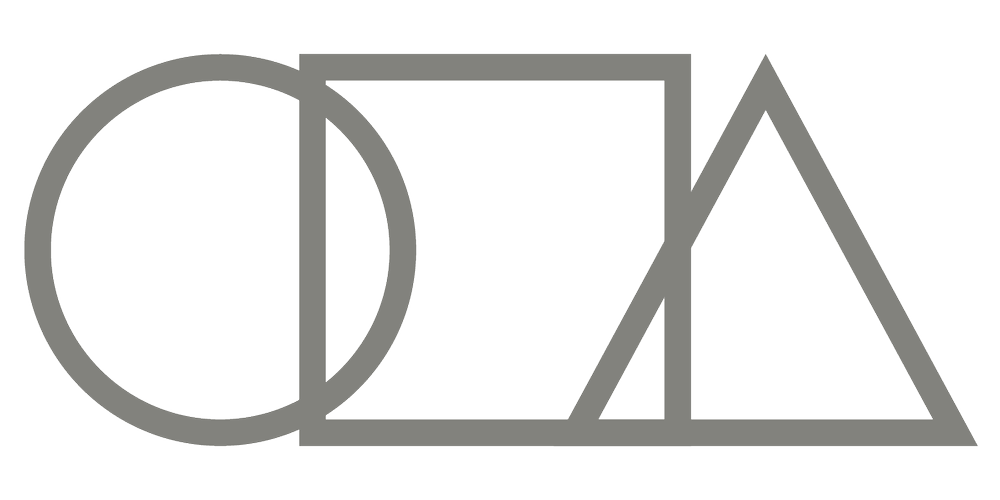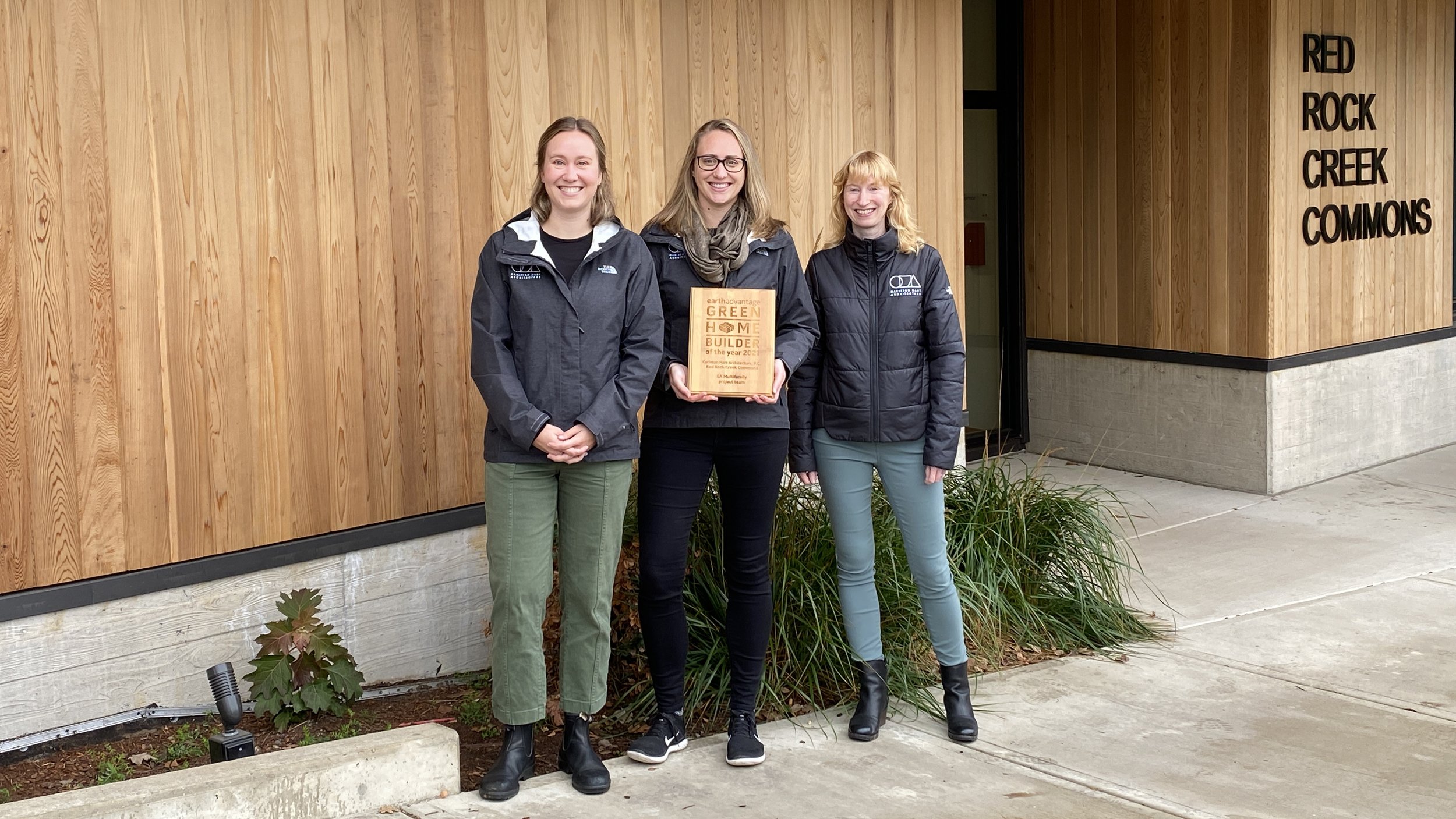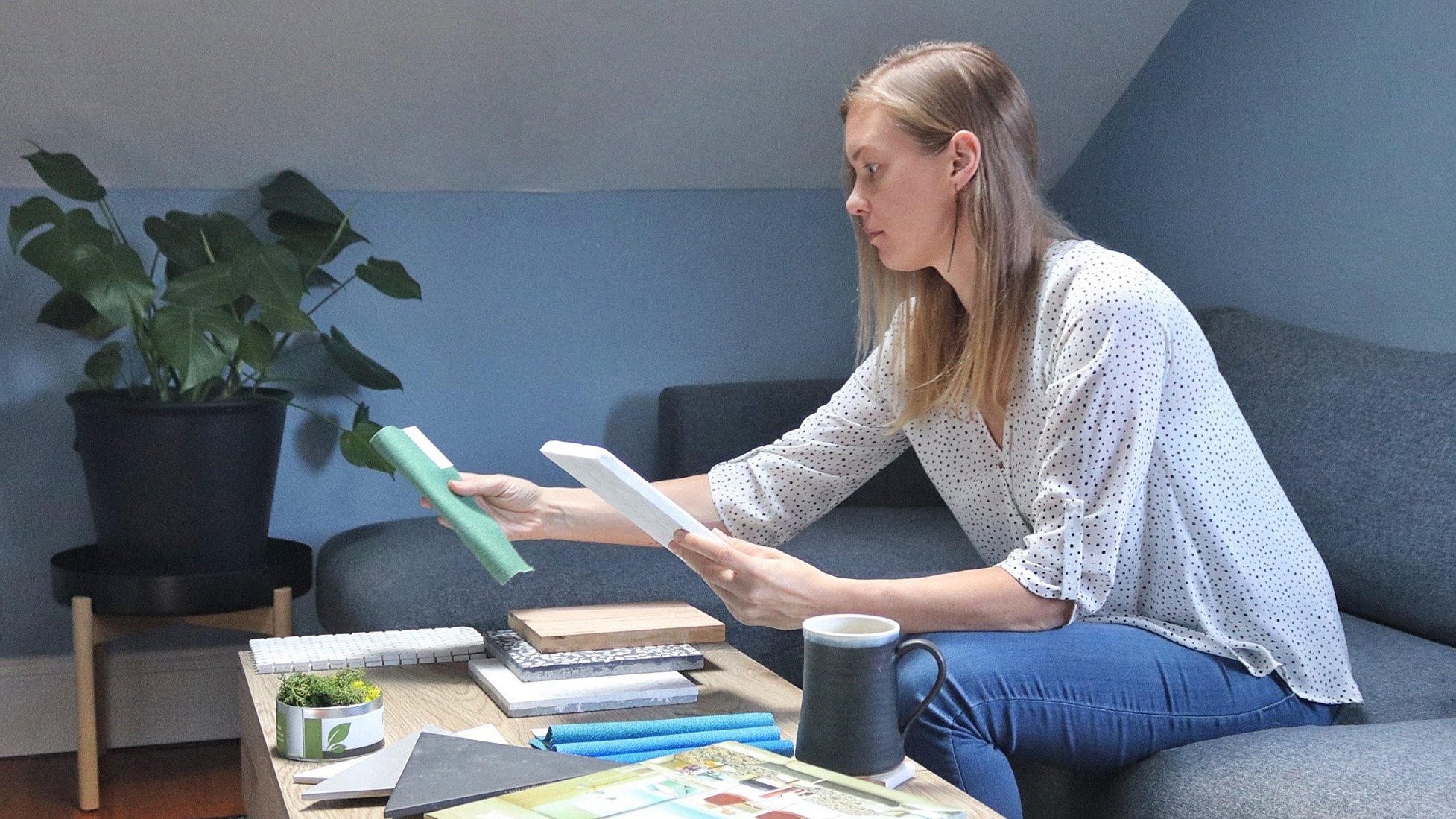Since the outbreak of the COVID-19 pandemic, we have experienced a paradigm shift in how we approach design. As we come to terms with the pandemic and its inevitable influence on the built environment, we see a shift in priorities towards materials that are not only healthy but will help limit contagion. At Carleton Hart, we focus on material health in all our projects, but now more than ever, we need to be vigilant of a trend we are coining “cleanwashing.”
In our industry, we are all familiar with the practice of greenwashing - a term used to describe when a product is unfairly marketed as having sustainable attributes. Such claims are not backed up with science or facts and offer false comfort to consumers who believe the product is benefiting the environment in some way or is more sustainable than other comparable products.
Similar to greenwashing, we foresee a flood of products emerging that will target the design and building industry claiming to fight bacteria and viruses. Product manufacturers are already working to develop, chemically change, and market new and existing products. Some will have substantiated antimicrobial qualities, but caution is needed to properly assess the claims associated with them and their inherent risk to human health and the environment.
“Antimicrobial” is a familiar term in relation to interior building materials. An antimicrobial is an attribute of a material, natural, or synthetic that disrupts the growth of microorganisms which can include bacteria, fungi, and viruses. In the world of architecture, this term is used particularly in relation to surfaces that are considered “high-touch” in a building’s interior. The most common examples of these are counter tops, plumbing fixtures, and door hardware.
It is important to note that some materials are naturally and inherently antimicrobial; copper, brass, bronze, and copper-nickel are some common examples. When cleaned regularly, products manufactured from these materials will naturally kill bacteria that cause infections.
However, unlike the materials just described, some synthetic materials that are advertised as antimicrobial are the materials to which we need to pay special attention. Chemicals are often added to the manufacturing process of these materials and products to give them the antimicrobial characteristic. Often the chemicals that are added are harmful to human health. Some are carcinogens while others are associated with hormone disruption and reproductive and developmental impacts. Furthermore, human epidemiological studies have shown that some antimicrobial chemicals cause skin irritation, asthma, and allergies.
There are also environmental ramifications to the use of antimicrobials. Antimicrobial chemicals and coatings in building products wear off over time. Depending on the application these can be washed off or worn off by friction and suspended in the air in particles. Antimicrobials can be traced in the environment into waterways which affect aquatic ecosystems and can ultimately mean that they make their way into drinking water and into food for animal and human consumption.
Understanding how harmful these antimicrobials can be, it is a question why we would knowingly add these to the environment. The Center for Disease Control has concluded that even in hospitals, “no evidence is available to suggest that use of these [marketed antimicrobial] products will make consumers and patients healthier or prevent disease. No data support[s] the use of these items as part of a sound infection-control strategy.” (https://www.cdc.gov/infectioncontrol/guidelines/environmental/background/laundry.html) Additionally, there is evidence in hospital settings that antimicrobials can increase the risk of antibiotic-resistant organisms and contribute to the development of super-bugs.
Caution needs to be exercised around health claims made by product manufacturers. These claims cannot be taken at face value. We encourage designers to ask questions and seek disclosed ingredient lists for any product that we consider for our projects. With this information in hand, we can research the health and environmental impact of each ingredient. However, a simple rule can also be followed: Avoid the use of any product that is marketed with a health claim related to antimicrobials.
As we navigate a post COVID-19 world, it’s natural to feel uncertain in what is evolving as our new normal. However, a certainty we are aware of is that as architects and designers, we have a responsibility to a standard of care. To this end, we seek to educate our staff and our clients about material health in the built environment.
Kim Stanley, Interior Designer




